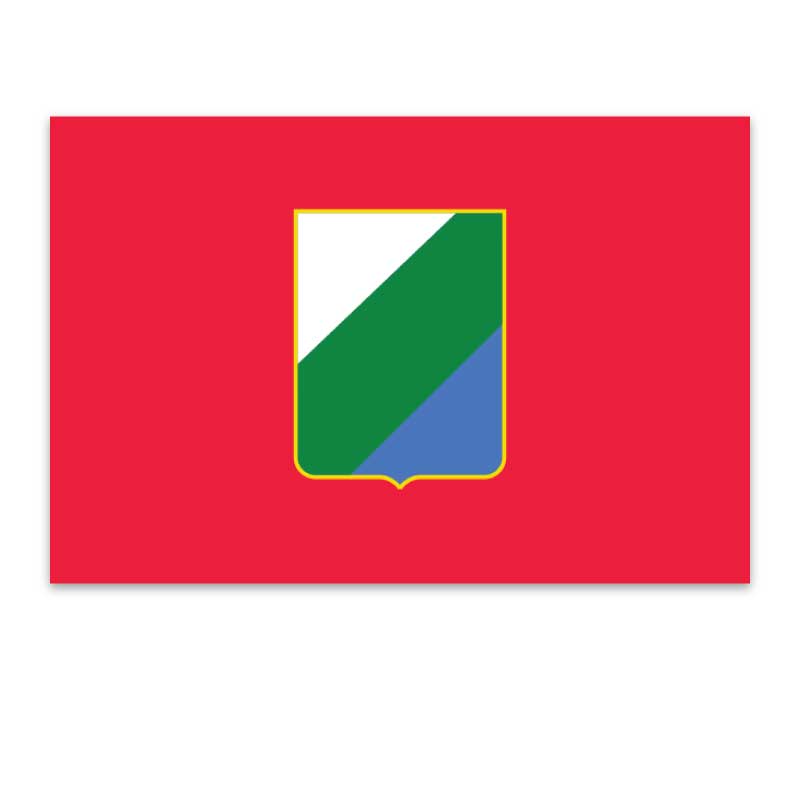
Pescara province, located in the central Italian region of Abruzzo, is a place where vibrant coastline meets gently rolling hills and historic towns. Often overshadowed by its namesake city, the province as a whole offers much more than modern urban life, it is a blend of Adriatic beaches, inland vineyards, hilltop villages, centuries of history, and a strong cultural identity rooted in both sea and land. From the golden sands of the coast to the quiet serenity of olive groves and mountains, Pescara province invites you to discover an authentic and diverse side of Italy.

Pescara province boasts a stretch of the Adriatic coastline known for its broad, sandy beaches and clear blue waters. Towns like Montesilvano and Silvi Marina offer family-friendly seaside resorts, bustling summer nightlife, and long promenades lined with palm trees, shops, and seafood restaurants.
Despite its popularity in summer, the coastline still offers peaceful corners. The coastal area north and south of Pescara city is ideal for cycling, especially along the Adriatic cycle route, which offers scenic rides past dunes, pine forests, and beach towns.
The sea is central to life here. Daily catches feed the local markets, and the culinary traditions reflect a strong maritime influence. Classic dishes like brodetto, a rich seafood stew with tomato and garlic, are typical of the province and celebrated at food festivals throughout the year.
While the coast brings sun-seekers, the inland part of Pescara province offers tranquility and rural beauty. Rolling hills covered in vines, olive trees, and sun-drenched fields stretch into the horizon.
The area is a major producer of Montepulciano d’Abruzzo and Trebbiano wines, and many small family-run vineyards offer tastings and tours. Some estates also provide accommodation, giving visitors a chance to experience agritourism in peaceful countryside settings.
Olive oil is another staple here, with centuries-old olive groves producing high-quality extra virgin oil. Autumn in the province is particularly special, as the harvest begins and the air fills with the scent of crushed olives and ripe grapes.
Scattered among the hills are charming villages and towns that preserve the architecture and spirit of traditional Abruzzo. Towns like Loreto Aprutino, Penne, and Città Sant’Angelo are not only beautiful but historically significant.
Loreto Aprutino is famed for its stone alleys, noble palaces, and museums, including one of Italy’s most important ceramics collections. Its olive oil is so renowned that it has been awarded protected designation of origin status.
Penne, once an important Roman settlement, retains its medieval structure and walls. Surrounded by nature reserves and close to the Gran Sasso mountains, Penne is also a gateway to the Apennine wilderness.
Città Sant’Angelo, perched on a hill with spectacular views of the sea and the mountains, has been named one of the most beautiful towns in Italy. Its historical centre is a blend of Romanesque churches, Renaissance palazzi, and quiet courtyards.
The province of Pescara is proud of its cultural traditions, from poetry and painting to music and crafts. This is the birthplace of the great Italian poet Gabriele D’Annunzio, and his legacy can still be felt across the region.
Local festivals highlight folk music, traditional dances, and artisan crafts. In many towns, especially during the summer, local theaters and piazzas become open-air stages for concerts and plays, celebrating both classical and modern Italian culture.
Handcrafted ceramics, lace-making, and wrought iron work remain living traditions, especially in the hill towns. Markets and artisan shops offer unique souvenirs rooted in generations of skill.
Although best known for its coast, Pescara province also reaches inland into the foothills of the Apennines. Parts of the province touch on the Gran Sasso and Majella National Parks, where opportunities for hiking, cycling, horseback riding, and wildlife watching abound.
The natural reserves in the province protect wetlands, forests, and rare species of birds, making it a destination for eco-tourists and nature lovers. One such area is the Lake Penne Reserve, a peaceful spot for walks, birdwatching, and environmental education.
The terrain and mild climate also make the province ideal for outdoor activities all year round. Spring and autumn in particular offer cool, clear days perfect for exploring both coast and countryside.
Pescara province’s cuisine is rooted in simplicity and seasonality. Dishes are made with fresh, local ingredients, vegetables from family gardens, homemade pasta, lamb from nearby mountains, and seafood caught that morning.
Signature dishes include sagne e fagioli (pasta and beans), arrosticini (skewered lamb grilled over coals), and pallotte cace e ove (cheese and egg balls in tomato sauce). Sweets like parrozzo, a domed almond cake covered in chocolate, are beloved throughout the region.
In autumn, truffle and mushroom festivals fill the villages, while summer brings outdoor feasts and wine tastings under the stars. Every season has its flavours, and every meal tells a story of the land and its people.Pescara province is more than a stretch of coastline or a countryside retreat, it is a complete Italian experience in a single destination. It offers the joy of the sea, the richness of the land, the silence of ancient villages, and the voice of a vibrant culture.
For those seeking an authentic slice of central Italy, where natural beauty meets tradition and warmth, Pescara province is a treasure waiting to be explored.

More Details



